
How To Choose The Best CNC Machining Services For Your Project?
1.Why Trust This Guide? Practical Experience From LS Manufacturing Experts 2.Why "Lowest Price" Is Often The Biggest Trap In Choosing CNC Machining? 3.What Are The Three Technical Capabilities To Focus On In The Evaluation Of A CNC Machining Supplier? 4.How Does One JudgeThe Reliability Of A Supplier Based On Quality Certification And Control Processes? 5.How To Ensure The Efficiency Of Communication And Project Management In CNC Machining Projects? 6.How Does LS Manufacturing Add Value For Clients And Reduce Client Costs With DFM Analysis? 7.Precision Machining Challenges Of Inconel 718 Turbine Housings In The Aerospace Industry 8.How Does The Strategy For The Selection Of Suppliers Differs For Small-Batch Prototyping VS Large-Scale Production? 9.Aside From Price And Delivery Time, What Are The Other, Often-Overlooked "Soft Power" Influences That Are Important? 10.Why Choose LS Manufacturing As Your Next CNC Machining Partner? 11.FAQs 12.Summary 13.Disclaimer 14.LS Manufacturing Team
 Gloria
Gloria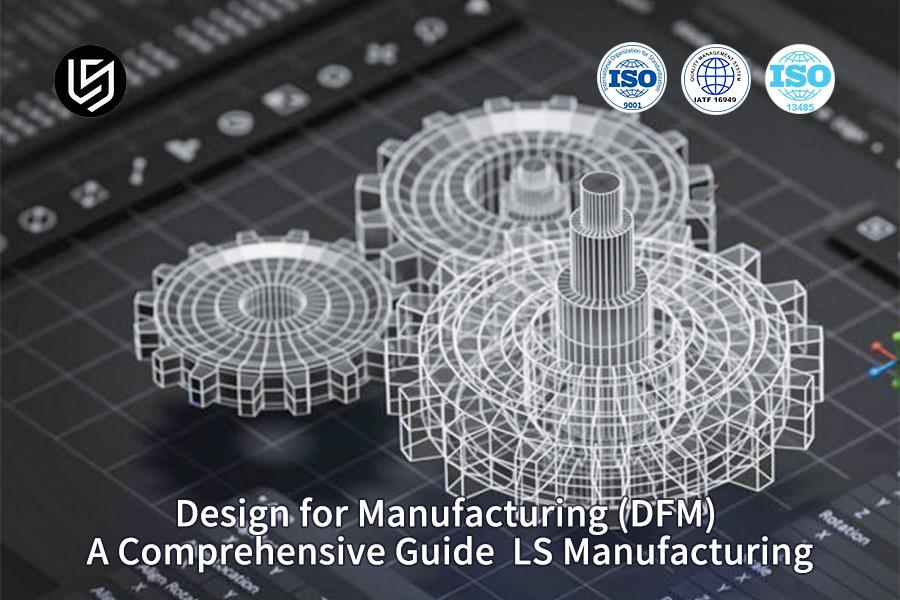
Design For Manufacturing (DFM): A Comprehensive Guide | LS Manufacturing
1.Why Trust This Guide? Practical Experience From LS Manufacturing Experts 2.What Is Design For Manufacturing, And Why Is It A Key Strategy In Cost Reduction And Efficiency Improvement? 3.What Are The Five Core Principles That Must Be Followed When Implementing DFM? 4.How To Perform A Comprehensive DFM Analysis? 5.Precisely How Does DFM Help You Reduce The Total Manufacturing Cost? 6.What Capabilities Should Be Prioritized When Choosing A DFM Partner? 7.Medical Device Industry: DFM Optimization Of Precision Fluid Control Valve Bodies 8.How Does One Start A DFM Collaboration With LS Manufacturing? 9.What Are Some Common Misconceptions In DFM, And How Can They Be Avoided? 10.FAQs 11.Summary 12.Disclaimer 13.LS Manufacturing Team
 Gloria
Gloria
Small-batch CNC Machining Guide: Process, Types, And Services Analysis
1.Why Trust This Guide? Practical Experience From LS Manufacturing Experts 2.What Is Small-Batch CNC Machining, And How Does It Redefine Parts Procurement? 3.Why Is Small-Batch Production A Catalyst For Product Development And Innovation? 4.How To Choose The Most Suitable CNC Process For My Small-Batch Project? 5.What Is The Cost Structure Of Small-Batch CNC Machining? How Should Effective Cost Control Over It Be Done? 6.How Can Consistent Quality Be Guaranteed From Prototype To Small-Batch Production? 7.How Does The Small-Batch Service Offered By LS Manufacturing Help The Clients Overcome Bottlenecks? 8.A Simplified And Hassle-Free Collaboration Process: From Uploading Drawings To Receiving Goods, Four Steps 9.By Choosing LS Manufacturing, One Gets So Much More Than Just The Parts Themselves. 10.How Do I Get Started With My First Small-Batch CNC Machining Project? 11.FAQs 12.Summary 13.Disclaimer 14.LS Manufacturing Team
 Gloria
Gloria
Get A precision CNC Machining Quote Now And Receive Rree DFM Feedback Within Hours
1.Why trust this guide? Practical experience from LS manufacturing experts. 2.Why does the traditional CNC machining quotation process take several days? 3.How does our real-time quoting system ensure price accuracy? 4.How can free DFM feedback help you avoid costly production errors? 5.What factors influence the final price of CNC machining? 7.Why choose LS Manufacturing's rapid CNC machining services? 8.How does LS Manufacturing help medical device startups complete critical iterations in just 8 hours? 9.What formats and standards does our online quotation system support? 10.How will you protect your design drawings and intellectual property? 11.How can I start production quickly after receiving an immediate quote? 12.FAQs 13.Summary 14.Disclaimer 15.LS Manufacturing Team
 Gloria
Gloria
How Much Does CNC Machining Cost Per Hour?
1. CNC Machining Cost Core Quick Reference 2. Why Trust This Guide? Practical Experience From LS Manufacturing Experts 3. What Is The Hourly Cost Of CNC Machining? 4. What Factors Influence CNC Machining Costs? 5. How To Calculate CNC Machining Costs? 6. What Components Does A CNC Machine Tool's Operating Cost Include? 7. What Is The Cost Difference Between 3-Axis And 5-Axis Machining? 8. How To Obtain A Fast And Accurate CNC Machining Quote? 9. Case Study: LS Manufacturing Reduces Costs Of Aerospace Titanium Brackets By 35% 10. Why Can LS Manufacturing Optimize Your CNC Machining Costs? 11. What Are The Common Hidden Costs In CNC Machining Costs? 12. How To Reduce CNC Machining Costs Through Supplier Selection? 13. What Is The Relationship Between CNC Machining Costs And Part Design? 14. FAQs 15. Summary 16. Disclaimer 17. LS Manufacturing Team
 Gloria
Gloria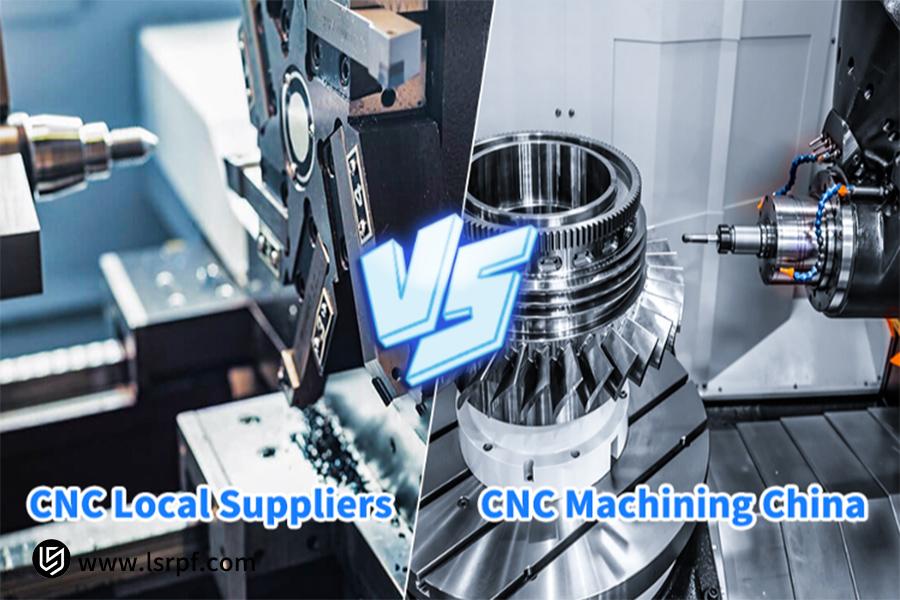
CNC Machining China VS. Local Suppliers: A Data-Driven Cost-Benefit Analysis
1. Quick Reference Table Of Core Comparisons Between CNC Machining China And Local Suppliers 2. Why Trust This Guide? Practical Experience From LS Manufacturing Experts 3. Why Is Chinese CNC Machining More Cost-Effective Than Local Suppliers? 4. How To Choose A Reliable Chinese CNC Machining Supplier? 5. Is Quality Control Reliable In Chinese CNC Machining? 6. How To Minimize The Risks Of Offshore CNC Machining? 7. How Does Data Demonstrate The Cost Savings Of CNC Machining In China? 8. LS Manufacturing's CNC Machining Case Study: How To Achieve A 30% Cost Reduction? 9. What Are The Advantages Of Chinese CNC Machining In Complex Part Manufacturing? 10. How To Evaluate The Overall Return On Investment Of CNC Machining Outsourcing? 11. How Flexible Is The Chinese CNC Machining Supply Chain? 12. Why Is LS Manufacturing An Ideal Partner For CNC Machining In China? 13. FAQs 14. Summary 15. Disclaimer 16. LS Manufacturing Team
 Gloria
Gloria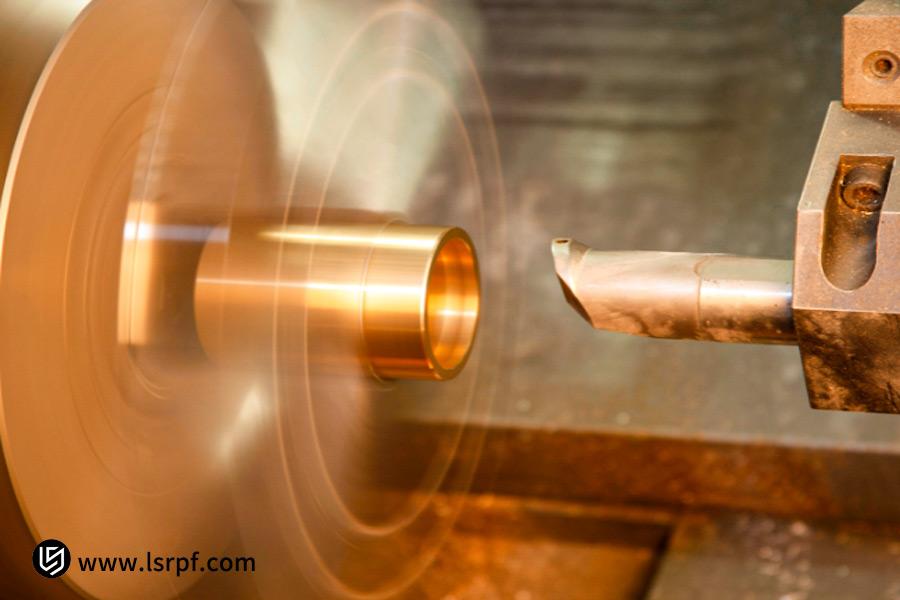
Bronze CNC Machining: Tips, Techniques, Challenges, And Solutions
1. Bronze CNC Machining Core Skills Quick Reference 2. Why Trust This Guide? Practical Experience From LS Experts 3. Understanding The "Nature" Of Bronze: Why Is It Both A Promising Mterial And A Challenge? 4. Strategy 1: "Customizing Tools For The Material" To Eliminate Tool Adhesion Wear 5. Strategy 2: Optimizing Cutting Parameters And Paths, Balancing Efficiency And Precision 6. Strategy 3: Systematically Overcoming Machining Deformation: From Clamping To Cooling 7. Strategy 4: Decisive Details--Critical Inter-Process Treatments 8. Strategy 5: Establishing A Full-Process Quality Monitoring System 9. Case Study: LS Solves The Problem Of Aluminum-Bronze Internal Threads On High-Pressure Hydraulic Valve Manifolds 10. Choosing LS Precision: Beyond The Part's Value 11. FAQs 12. Let LS Precision's Bronze Machining Experts Safeguard Your Project 13. Summary 14. Disclaimer 15. LS Team
 Gloria
Gloria
iPhone Air's Grade 5 Titanium: How It Achieves Extreme Lightness?
1. Quick Reference: Choose Your Tap At A Glance 2. Why Trust This Guide? Practical Experience From LS Experts 3. Why Has Grade 5 Titanium Become The Preferred Choice For Lightweight High-End Consumer Electronics? 4. iPhone Air Ultralight Design: A Perfect Combination Of Titanium And Aluminum Inner Frame 5. How Does CNC Precision Machining Create A Top-Tier Titanium Alloy Frame? 6. Why Choose Grade 5 Titanium Over Other Materials? 7. LS Case Study: Customizing Grade 5 Titanium Components For A Top Brand 8. Choosing Titanium? Four Advantages And Challenges You Must Understand 9. Partnering With LS Precision: Optimizing Cost And Efficiency Of Titanium Parts 10. FAQs 11. Summary 12. Disclaimer 13. LS Team
 Gloria
Gloria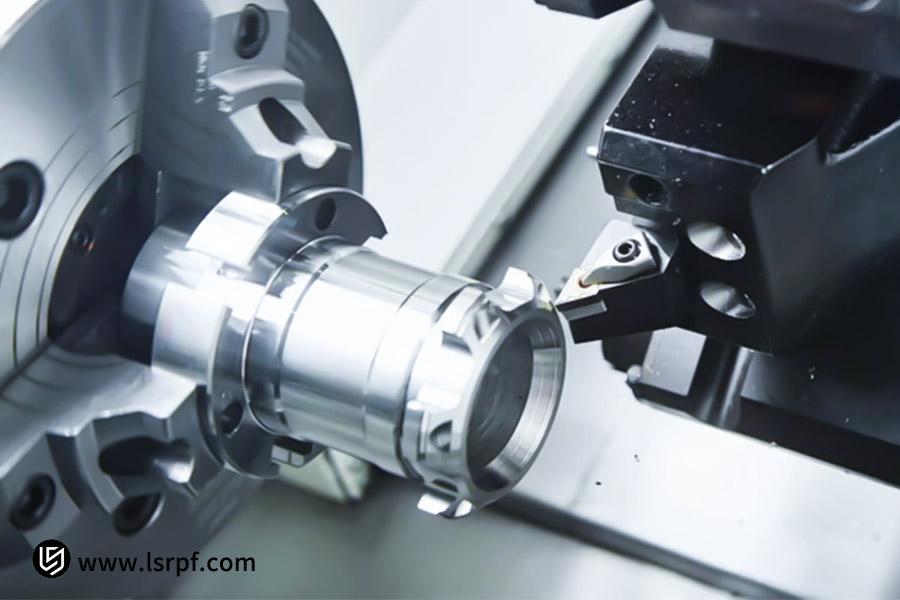
LS Precision Online CNC Service | Instant Quotes, Fast Delivery, Quality Assurance
1. Quick Reference: Choose Your Tap at a Glance 2. Why Trust This Guide? LS Experts' Real Experience 3. What Is Online CNC Service? How Do I Get An Instant Quote? 4. Why Choose LS's Online CNC Machining Services? 5. Which CNC Machined Parts Are Best Suited For Online Customization? 6. What Is The Complete Process For Online Custom CNC Machined Parts? 7. How Does LS Ensure The Processing Quality Of Online Customized Parts? 8. How Is CNC Machining Pricing Calculated? What Factors Influence The Final Quote? 9. How Does LS's Online CNC Service Meet Urgent Delivery Needs? 10. Case Study: How LS Rapidly Delivers Precision Components To A Drone Company? 11. FAQs 12. Summary 13. Disclaimer 14. LS Team
 Gloria
Gloria
Galvanized Steel And Aluminum, Which One Is More Expensive?
1.Galvanized Steel vs. Aluminum Steel: Key Comparison Quick Reference 2. Why Trust This Guide? Practical Experience Of LS Experts 3. Can Galvanized Steel And Aluminum Be Directly Compared To See Which Is More Expensive? 4. Beyond Price, Focus on the Essentials: A Corrosion Resistance Comparison 5. What Are The Principal Factors That Decide Their Final Prices? 6. A Key Consideration in the Lightweighting Era: Weight vs. Strength 7. How Does LS Select Cost-effective Materials For Its Customers? 8. Don't Overlook Hidden Costs: A Comparison of Processing Difficulty and Cost 9. How To Choose For Different Application Cases? 10. FAQs 11.Summary 12. Disclaimer 13. LS Team
 Gloria
Gloria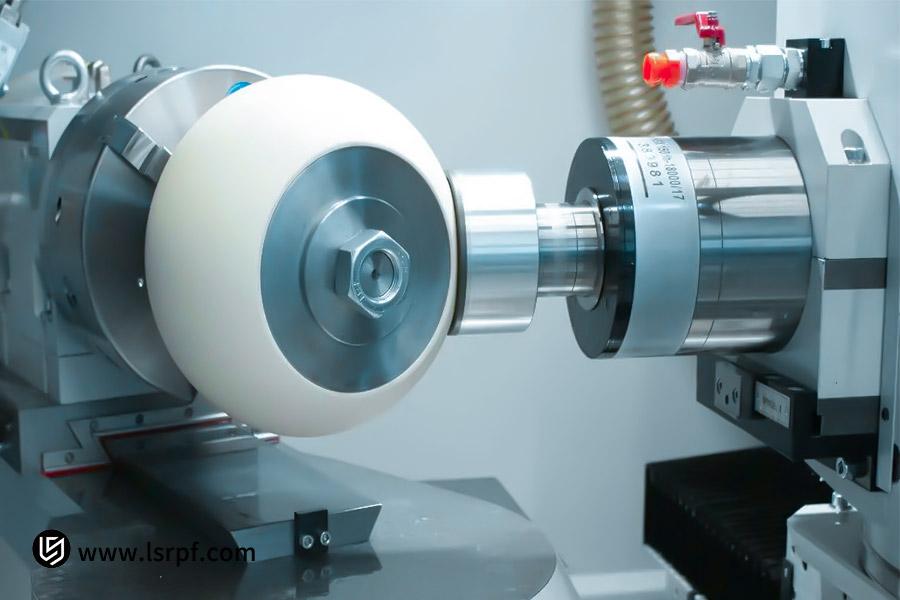
Ceramic CNC Machining: Process, Advantages and Applications
1.Quick Reference: Choose Your Tap at a Glance 2. Why Trust This Guide? Practical Experience From LS Experts 3. How Does CNC Machining Of Ceramics Excel Beyond Conventional Processes? 4. Why Are CNC-machined Ceramic Components The First Choice For Precision Manufacturing? 5. What Are The Areas Where Ceramic CNC Machining Technology Is Being Applied? 6. How to Select Ceramic Materials Suitable for CNC Machining? 7. Comprehensive Analysis of LS Medical's Ceramic Parts Processing Case Study 8. How Do Internet CNC Machining Services Achieve Effective Collaboration? 9. What Are The Key Factors That Influence CNC Machining Prices? 10. FAQs 11. Summary 12. Disclaimer 13. LS Team
 Gloria
Gloria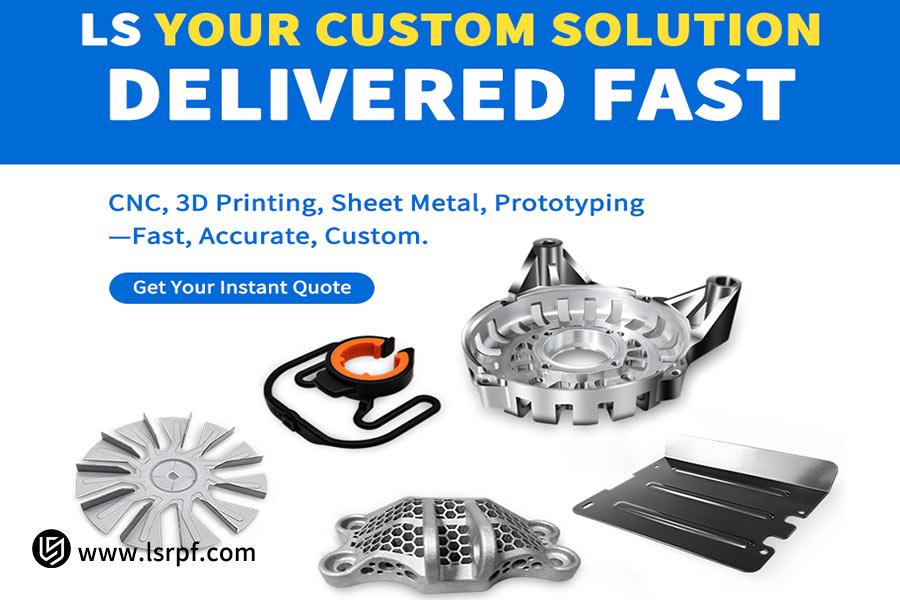
FABTECH 2025 | LS Showcases Cutting-Edge Manufacturing Innovations
1. Details of Exhibition 2. Why Visit FEBTECH 2025? 3. LS Manufacturing Technology Panorama: Precision Metal Machining Center 4. LS Material Molding Revolution: Polymers and Metal Transformation 5. Agile Manufacturing Ecosystem: From Prototype to Series Production 6. The Core Advantage of LS's Service 7. Rapid Response and Customization Capabilities 8. How to Get Contact with us? 9. Come Together in Chicago and Create Brilliance Together 10. LS Team
 Gloria
Gloria
